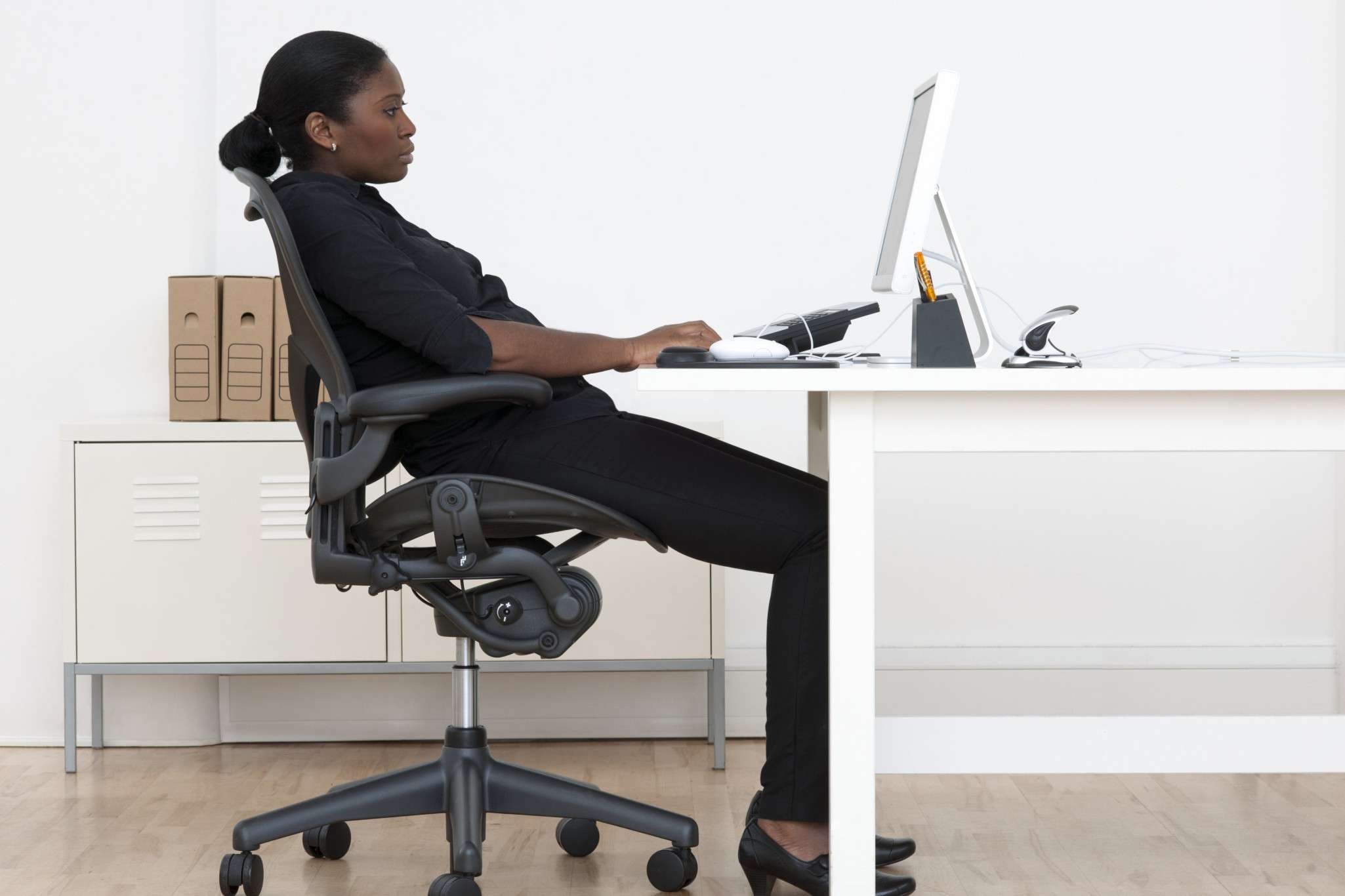What is Ergonomics?
Ergonomics is a term used to describe the science that studies the human being in relationship to other important elements such as their work environment. The International Ergonomics Association describes the discipline as one that is “concerned with the understanding of interactions among humans and other elements of a system, and the profession that applies theory, principles, data and methods to design in order to optimize human well-being and overall system performance”. In theory ergonomics can encompass many things, but the reality is that it often focuses on the improvement of comfort and efficiency.
One of the key issues with poor ergonomics is Musculoskeletal Disorders which consists of muscles, nerves, blood vessels, ligaments and tendons. Workers from many different industries can be affected differently as every company has their own set of work related risks. Common causes of Musculoskeletal Disorders include awkward posture, high forces, contact stress, vibrations and exposure to cold.
Lifting incorrectly can result in a variety of injuries. Back strain is a very common one. It results from over-stretching certain muscles, but it can be avoided by practicing safe lifting techniques. A hernia is another injury associated with lifting. A hernia does not generally result from a single lifting effort. It is usually the result of continued extreme exertion,
especially done contrary to the structure of body.
Examples of Musculoskeletal Disorders :
Osteoarthritis
Carpal Tunnel Syndrome
Trigger Finger
Muscle strains and lower back injuries
Fibromyalgia
Rheumatoid Arthritis
Epicondylitis (Elbow)
Rotator cuff injuries (Shoulder)
The ultimate goal of ergonomics is to create a workplace that accommodates a variety of limitations to prevent any Musculoskeletal Disorders.
It is important to make sure you have a healthy workplace in which ergonomic issues don't occur the best way to do this is to start off with the basics:
Posture
Informing staff on the importance of good posture and changing their posture throughout the day
Keeping monitors centered to their keyboard and chair
Keeping workspaces organized to avoid bending, reaching and stretching
Staying relaxed - avoid tensing neck and shoulders when working 
Seating
Having a stable chair with adjustable lumbar support that maintains the natural S curvage
Adjustable armrests
Allows for a variety of seated postures
Made from comfortable, slip resistant fabric
Repetition
Alternate tasks where possible
Take several, short breaks instead of one long break
Be active within those short breaks
Eyestrain
Change your Monitor's angle to avoid glare. Make sure you don't create other issues such neck strain to avoid glare.
Make sure the work environment is well lit to avoid eye strain
Make sure your monitor background is light, to avoid eyestrain
When necessary, adjust the monitors font size
Adjust your monitor so that the top of the screen is at eye level
Psychological stress
Stress contributes to physical ergonomic problems
Constant use of a PC contributes to stress
Employees should learn to manage their stress levels
Steps for adjusting your workstation:
Adjust the chair height so that your elbows are at about desktop level.
Adjust back of your seat for good support of the lower back, using a lumbar pillow if needed.
If your seat has a tilt feature, set this so that you are comfortably supported.
If your feet don’t comfortably reach the floor or there is pressure on the back of your legs, use a footrest or lower the keyboard.
Locate your monitor so that the top of the viewing area is at or below eye level.
With elbows at desk level, your wrists should be straight. Use a wrist rest if desired, and if you have armrests try to adjust them so that they support your arms without being too high or too low.
Locate the mouse next to the keyboard so that both elbows are at your sides whilst working. Avoid pressing your hands or forearms against any sharp edges on the desk.
Adjust screen brightness and contrast for clear comfortable viewing and clean the screen frequently.
Ergonomic preferences is unique to every workplace and person. Contact MAKROSAFE Holdings for all your workplace health and safety needs.
What is Ergonomics
5th Oct
Posted date: 5th Oct 2018
Latest News - General Health and Safety - Security Industry - Educational Services Industry - Food Drinks and Tobacco Industry - Wood and Upholstery Industry - Printing and Paper Industry - Chemical Rubber Oil and Paint Industry - Iron Steel Artificial Limbs Galvanizing Garages and Metals Industry - Trade and Commerce Industry - Banking and Insurance Industry - Airline Aviation Industry - Road Transport Hauliers Industry - Entertainment and Sport Industry - Professional Services Hospitality Industry - Charitable Religion Political and Trade Organisations Industry - Glass Brick Tiles and Concrete Industry 



Leave a comment